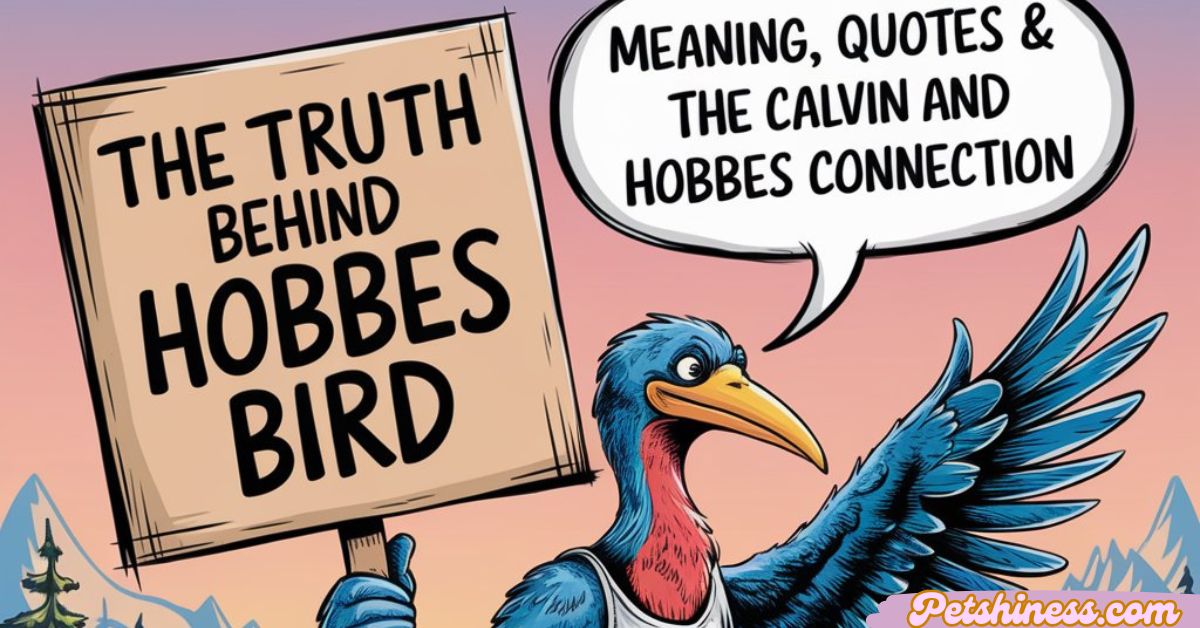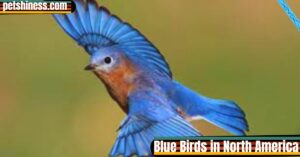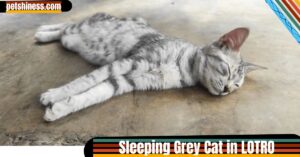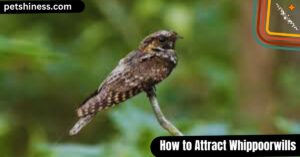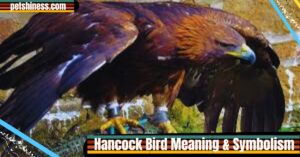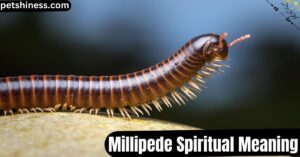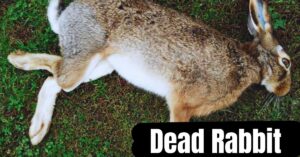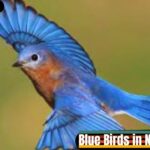The Hobbes Bird is a term that piques the interest of fans of Calvin and Hobbes, the famous comic strip by Bill Watterson. While not directly part of the Calvin and Hobbes characters in the comic, the Hobbes Bird represents the wild, imaginative world that Calvin and his imaginary tiger friend, Hobbes, explore.
In this blog, we will delve into the Hobbes bird’s meaning, it’s possible symbolism, and its connection to Calvin and Hobbes, including the curious role of Watson and Hobbes. The comic strip features a rich blend of imagination, philosophy, and adventure.
Although Hobbes himself is the primary character, representing the deeper reflections of childhood and freedom, the Hobbes Bird could be seen as a metaphor that captures the essence of adventure and the limitless possibilities of Calvin and Hobbes. Let’s explore its potential meanings and the deeper connections to Hobbes and his world.
What is Hobbes Bird?
The Hobbes Bird is a concept that appears in the minds of fans who love Calvin and Hobbes. The bird, not formally introduced in the comic, symbolizes freedom, creativity, and the bond between Calvin and Hobbes.
In this sense, the Hobbes Bird can be considered a product of Calvin’s boundless imagination, much like Hobbes himself, who exists only in Calvin’s mind but is real in his adventurous world.
This bird could be thought of as an extension of Hobbes’ definition, representing all the fantastical things that Calvin imagines. It shares a philosophical connection with Thomas Hobbes, whose views on human nature and society align with some of the lessons Calvin encounters in his comic strip world. In this context, the Hobbes Bird transcends the idea of an actual bird, reflecting the deeper meanings of freedom, imagination, and childhood.
The Meaning Behind Hobbes Bird
When exploring the Hobbes bird meaning, we see that it connects to the themes of exploration and independence found in Calvin and Hobbes. The Hobbes Bird could symbolize the desire to break free from limitations and seek new adventures, just as Calvin often does with his stuffed tiger.
The bird’s presence might be felt even when not physically shown, representing the joy and curiosity that come from venturing into the unknown. Similar to how Calvin and Hobbes often engage in playful banter, the bird might represent the famous sidekicks that we see in literature and comics.
It can also evoke the theme of string bird, where Calvin’s thoughts are sometimes linked with random, yet deep, ideas. Thus, the Hobbes Bird might stand as a tribute to these whimsical moments of imagination that Calvin cherishes.
The Calvin and Hobbes Connection
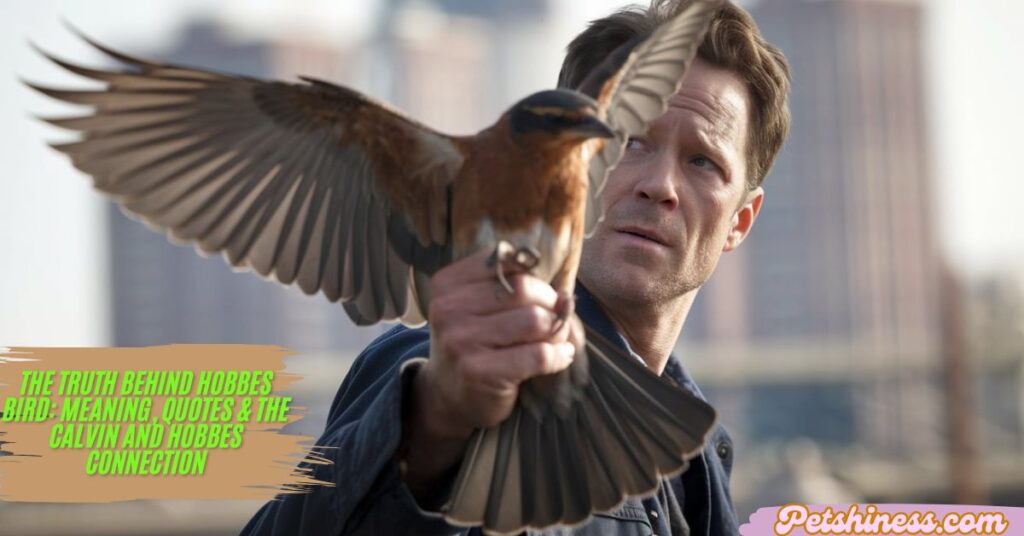
The Hobbes Bird shares a strong connection with the Calvin and Hobbes universe, where even an ordinary stuffed animal can come to life in Calvin’s world.
Hobbes is a figure who represents Calvin’s personal thoughts, fears, and dreams, often acting as a mentor or foil to his wild nature. In a similar way, the Hobbes Bird can be seen as a metaphor for Calvin’s untamed imagination, where anything can take flight.
Through the lens of Watson and Hobbes, the pairing of Hobbes with Calvin could serve as a commentary on friendship and the balance between reason and chaos. The bird, much like Hobbes, exists in this space between reality and imagination.
While Calvin has Hobbes, his Watson meaning can also imply that he looks for wisdom and guidance in unexpected places perhaps even from the Hobbes Bird.
- Read Also : Maine Coon Size Chart
Hobbes Bird Quotes
Although Hobbes Bird doesn’t speak in the traditional sense, there are several Hobbes quotes from the comic that could be interpreted as relating to the bird’s symbolic meaning. Hobbes frequently reminds Calvin that the world is full of adventures, and the Hobbes bird quotes could reflect similar ideas.
Hobbes’s quotes often centre on the idea of freedom, imagination, and the larger-than-life world they create together. If the Hobbes Bird could talk, it might echo those same sentiments. One classic quote from Hobbes, “It’s a magical world, Hobbes, ol’ buddy… let’s go exploring!” could very well reflect the ethos of the Hobbes Bird.
It embodies the idea of venturing into the unknown, where anything can happen, and the sky’s the limit, much like Calvin’s adventures in his comic world. This phrase symbolizes the idea of breaking free, the core essence of what the Hobbes Bird might represent.
Hobbes Bird in Popular Culture
The Hobbes Bird has inspired many fans to create their own versions or interpretations, integrating it into popular culture. Calvin and Hobbes continues to resonate with many because of its deep philosophical reflections and the timeless friendship between Calvin and Hobbes.
The Hobbes Bird, though not an official character, has made its way into fan art, stories, and memes, where it continues to represent the spirit of exploration and fun. Much like the dodge bird in various forms of media, the Hobbes Bird represents the whimsical side of Calvin and Hobbes, where the ordinary becomes extraordinary.
Fans continue to explore how characters like Hobbes and even secondary elements like Hobbes of Calvin and Hobbes contribute to the comic’s lasting influence. As such, Hobbes Bird remains a symbol of the comic’s enduring legacy.
What is the Immortal Bird?
While the Hobbes Bird may not be immortal in a literal sense, there is a connection to the idea of timelessness found in comics and mythology.
The immortal bird is often seen as a symbol of undying wisdom and eternal freedom, much like the deep philosophical messages in Calvin and Hobbes. It serves as a reminder that the impact of such works endures, and like the Hobbes Bird, it continues to live on in the hearts and minds of fans.
In a broader sense, the Hobbes Bird can be seen as an embodiment of those concepts: everlasting creativity and the never-ending search for adventure, something that Calvin and Hobbes pursue each day in their fictional world. Much like the bird that has survived for centuries, the spirit of Calvin and Hobbes remains immortal.
Conclusion
The Hobbes Bird may not have a prominent role in the official Calvin and Hobbes comics, but it symbolizes the freedom, imagination, and joy that permeate the comic.
The bird is an extension of Calvin’s mind, much like Hobbes is, and serves as a reflection of the deep themes that Calvin and Hobbes explore.
Whether you’re drawn to Hobbes’ definition of life or Thomas Hobbes’ philosophical views, the Hobbes Bird serves as a creative metaphor for the wild, wonderful world of Calvin and Hobbes.
Frequently Asked Question
What is the meaning of Hobbes Bird?
The Hobbes bird is a fictional animal from Calvin and Hobbes, linked to Hobbes, the anthropomorphic tiger. It’s not an actual bird but symbolizes Hobbes’ playful or philosophical nature, often appearing in musings with Calvin.
What are some famous quotes about Hobbes Bird?
Many Calvin and Hobbes fans have crafted their own Hobbes bird quotes, inspired by Hobbes’ playful yet philosophical dialogues. These quotes blend humor with deeper meanings, often referencing birds or metaphorical creatures, and highlight the dynamic relationship between Hobbes and Calvin.
How does Watson relate to Hobbes Bird?
The Watson bird combines Watson (Sherlock Holmes’ partner) with Hobbes, symbolizing a balance of logic and imagination. This mirrors the complementary relationship between Calvin and Hobbes in the comic.
What is the significance of the “famous sidekicks” in relation to Hobbes?
Hobbes is one of literature’s most iconic sidekicks, though not technically one. As Calvin’s best friend and moral compass, he symbolizes the strong bond between Calvin and his pet tiger, offering advice and adventure. This dynamic is similar to other famous sidekicks, like Watson and Holmes.
What bird went extinct in 1984, and how does it relate to Hobbes?
While the Hobbes bird is fictional, real-world extinct birds, like the Dodo (extinct by 1984), can metaphorically tie to Hobbes’ whimsical discussions on life and philosophy. The themes of loss and change in these discussions align with the existential ideas often explored in Calvin and Hobbes.

Jerry John ensures petshiness.com runs smoothly and securely. With a passion for tech and a focus on user experience, Jerry manages the site to deliver top-notch content and functionality.
